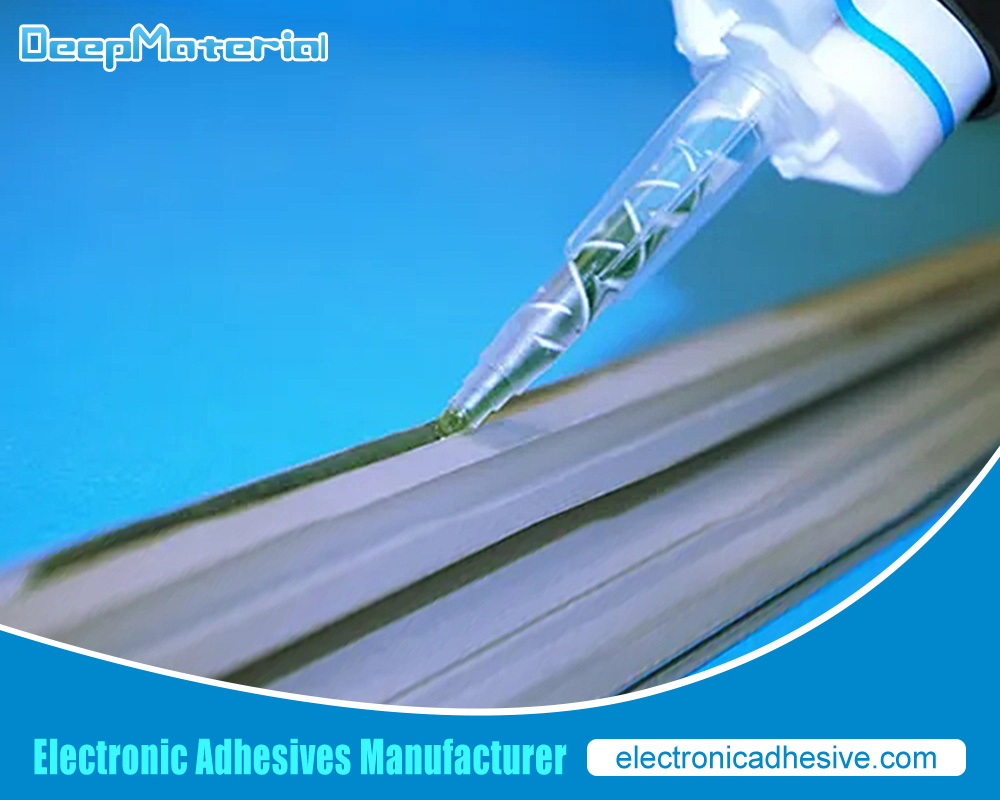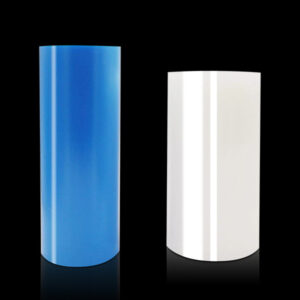This is why you need the best potting material for electronic components
This is why you need the best potting material for electronic components
Potting material for electronic components is highly important for protecting product assemblies. Potting materials are specialized chemicals that are used to fill and seal holes and cavities. When these materials are used this way on the products, they protect the products against shock and vibration. In addition, these potting materials can also shield these devices from contaminants, dust, and moisture which can cause electrical failures or corrosion. Different potting materials are used for electrical products. These products are made to address the various needs of electrical devices. They work by providing important properties such as low out gassing, radiation protection, and flame retardance.
 About potting as a process
About potting as a process
Potting is a unique process that is used widely in the electronic industry. This is one method of embedding sensitive electronic products. Apart from potting, other embedding methods are used in the industry. They are casting, encapsulation, sealing, and impregnation.
Different types of potting materials for electronic components
In a bid to address all unique needs of products, makers of encapsulating devices have hundreds of available potting materials. These potting materials are made based on different chemistries such as silicone, epoxy, and polyurethane. Apart from the availability of generic potting materials, manufacturers can also customize these chemical compounds to suit specific applications.
The best potting materials for electronic components
Epoxy potting materials: These are potting compounds that have exceptional chemical resistance, temperature resistance, and superior adhesion. In addition, epoxies are used in the electronics industry for their tensile strengths, modulus, and rigidity. In general, they also help to resist moisture, which is why they are preferred in outdoor applications. Epoxies are known for their excellent dielectric properties. This is why they are great when it comes to potting switches and transformers.
Polyurethane potting materials: Polyurethane compounds can be customized to increase their physical properties. Polyurethane compounds are unlike epoxies, which do not cure at lower temperatures. However, polyurethanes do and usually produce minimal exothermal effects as they cure. A majority of polyurethane chemicals are known for excellent crack resistance and flexibility. Polyurethane has excellent adhesive properties that make them cling to various substrates like composites and plastics. They are applied in areas where exceptional seals are needed in the electronic industry. This is why the product has been chosen as an exceptional potting compound for use in the electronics industry.
Silicone potting materials: Silicone potting compounds have a unique blend of resistance to low temperature, flexibility, and constant mechanical properties. Silicones are used for potting very sensitive electronics because they are flexible, soft, and ductile. Silicone potting materials are available as gels that are used to protect vulnerable electronic parts. In addition, the material makes it easy for the component to be repaired later. This benefit is one reason manufacturers fancy the use of silicone in the potting of electronic assemblies.
Benefits of using the best potting materials for electronic components
A potting material for electronic components is used for various reasons. Some of the benefits of this product include:
Shock resistance: When potting materials are used for electronic components, it helps shield them against shock. It also enhances the performance of the assembly.
Vibration resistance: The potting material is used in electronic components to resist vibration. The presence of vibration in an electronic component can damage several internal parts of the device.
Electrical insulation: Potting materials can be used for electronic components to enhance their insulative properties. Due to this function, they can minimize the chances of high voltages while also preventing fires in case there is a device failure.
Thermal properties: The heat within an electronic assembly can build up and compromise the durability of the components. For this overheating to be prevented, the potting material conducts heat. It is then sued to dissipate heat out of the electronic assembly. In addition, potting materials can be flexible. This way, they can easily protect the electronics from damage and thermal shock.
Chemical and moisture resistance: When an electronic product comes in contact with moisture, this can cause improper functioning, improper functioning, and electrical failures. Some products are meant to work in environments where they are exposed to chemicals, fuel, oils, and solvents. Using the right potting material for electronic components can be used to keep out chemicals and moisture – which allows this device to still function despite haven been fully immersed in water and chemical.
Environmental hazard protection: Apart from protecting the electronic assembly against chemicals and moisture, the potting material can also be used to protect the product against pressure, temperature, dust, and humidity. The potting material can also be used to protect the products against vacuum that may cause damage.
Selecting the right potting materials
Manufacturers need to consider various parameters when it comes to choosing the right potting materials. When it comes to selecting the right potting elements for specific operations, four important parameters are used. These include:
Hardness: You need to consider the hardness of the potting materials used. Harder potting products seem to offer superior resistance to abrasion and environmental factors. They also have excellent IP protection properties. On the other hand, softer potting materials mean that you can easily repair products.
Viscosity: A majority of materials used for potting are known for their low viscosity. This means that they are self-leveling and flowable. In specific applications, the manufacturer may need potting materials that have a higher viscosity. This gives them the ability to control the flow of the material.
Colour: Another critical factor in choosing the best potting material for electronic components is its colour. If the product colour is important, then it is essential to choose a product which helps you to produce a suitable colour. However, it is important to choose a much darker opaque colour due to IP protection.
 Thermal conductivity: Thermal conductivity is an important factor to consider when choosing a potting martial. A potting material that has exceptional thermal conductivity helps to transmit heat from out of the electronics product.
Thermal conductivity: Thermal conductivity is an important factor to consider when choosing a potting martial. A potting material that has exceptional thermal conductivity helps to transmit heat from out of the electronics product.
For more about choosing the best potting material for electronic components, you can pay a visit to DeepMaterial at https://www.electronicadhesive.com/about/ for more info.











